What is String Gauge?
Guitar strings are really thin in diameter. So thin in fact, that string manufacturers need to give us a quantifiable measurement for us regular players to understand. The smaller the number, the thinner the string. The higher the number, the thicker it is.
For example, a .008mm string is extremely light and would generally be used as the thinnest string on an electric guitar. A .056mm string is very thick and would likely be the largest on a six-string electric guitar.
Lots of companies refer to their packs of strings by the thinnest string. The most common you’ll encounter are 9s, 10s and 11s. Some brands give generic names to their string sets like light, medium, or heavy.
However, the thickness of equivalent strings will vary from brand to brand. For example, you might see Ernie Ball make a set almost identical to D’Addario, but one has a third string measuring in at .018mm, while the other is .016mm. That is why it’s important to understand what you’re buying and what’s changing when you buy a new set of strings.
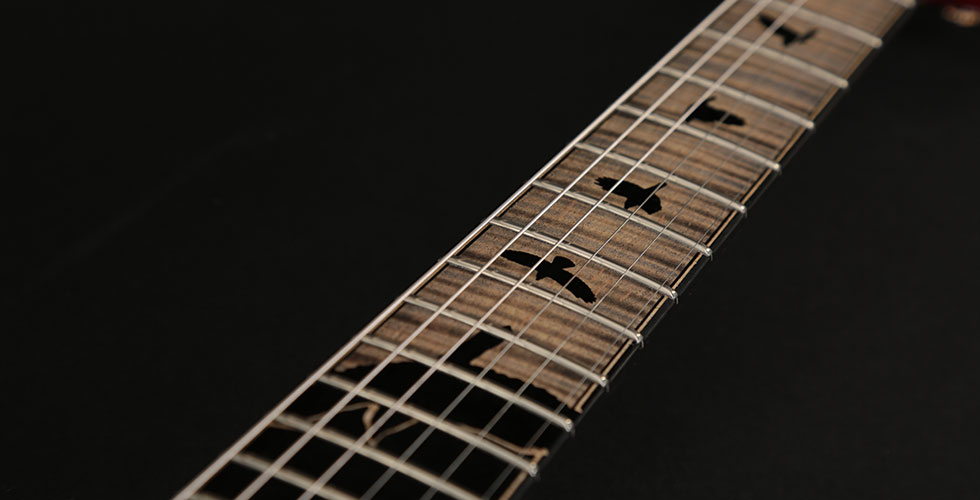
Why String Gauge Matters
Guitar strings determine more in your music and how you approach the instrument than you might think. Different gauges provide a variety of sounds and affect both fretting and strumming hands. Let’s compare two sets of strings:
.009 .011 .016 .024 .032 .042
.011 .015 .018 .026 .036 .050
The first set is thinner across every string than the first. That means, in general, they’ll be “easier” to play for many beginner guitarists, because they require less finger strength to fret and bend. On the other hand, they do require more precision to really add flavour to your playing and master techniques like a delicate vibrato, legato or arpeggios.
Thicker strings hold more tension across the fretboard, making them feel taught and deliberate to strum, but tougher to bend. They’ll build up picking endurance in your fretting hand the more you use them, but you may have to work up to a certain level before you try them out. You will also have to learn a little about guitar setup to adjust your string height – especially if you’re replacing thin strings, as you’ll likely get fret buzz from the larger strings hitting the frets in front of the one you play.
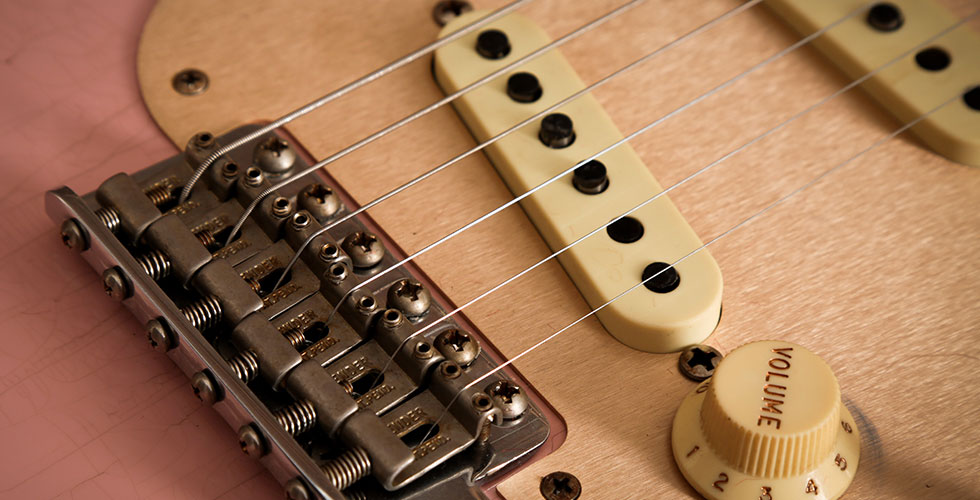
Thick strings are great for rock and metal music, which usually favour bassy tones and drop tunings; they’ll retain tension as you allow some string slack when tuning down to lower notes. This is a major point in opting for thick strings over thin strings, which don’t sound quite as chunky or produce the power to accompany lower tunings. There are ways to get around this with hybrid packs, which we’ll get into later.
String Gauges by Music Genre
It’s worth stating that string gauge preference is extremely subjective, and you could use almost any gauge for any genre. But there are a few general guidelines to follow if you want to reproduce the types of sounds heard from your favourite musicians.
Thin Guitar Strings





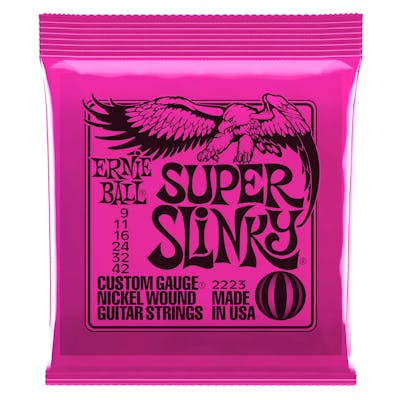
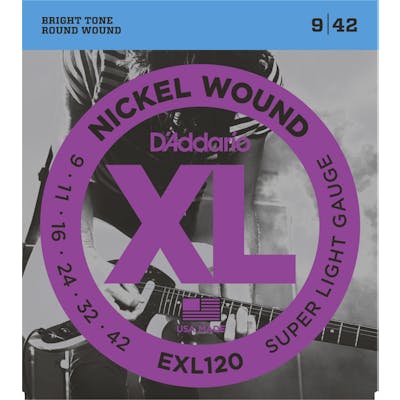

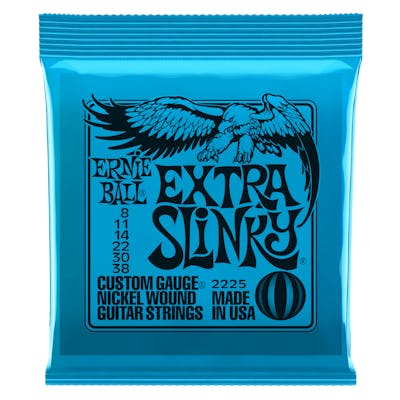
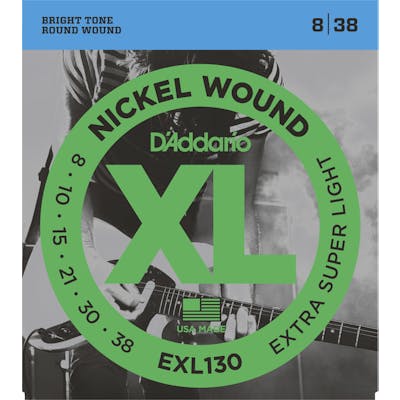
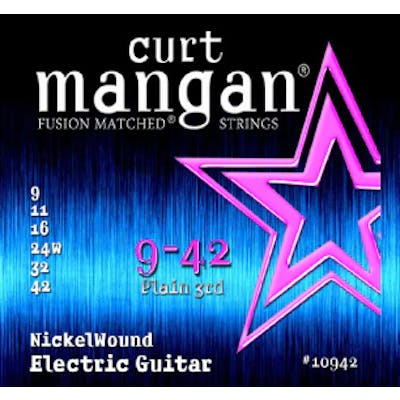
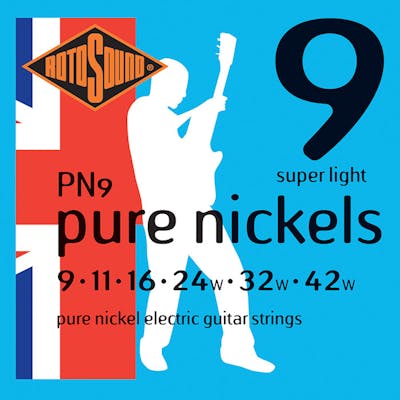
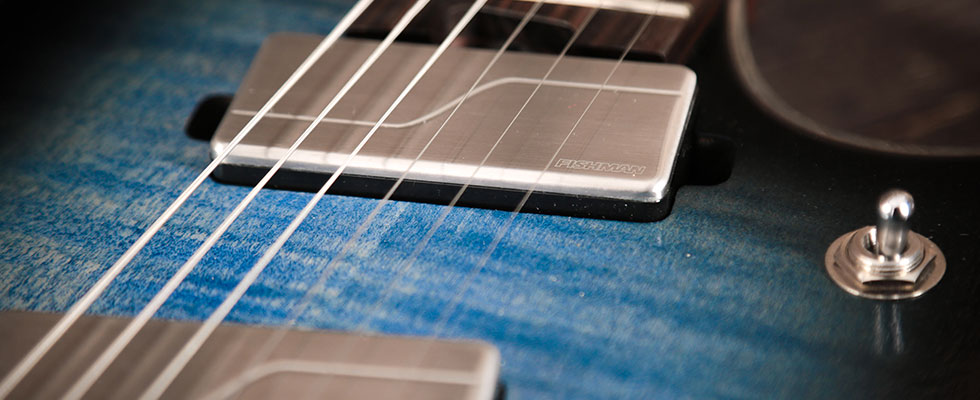
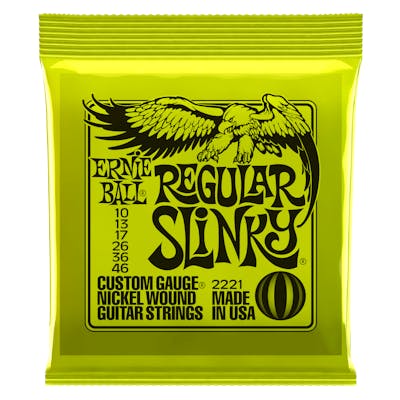
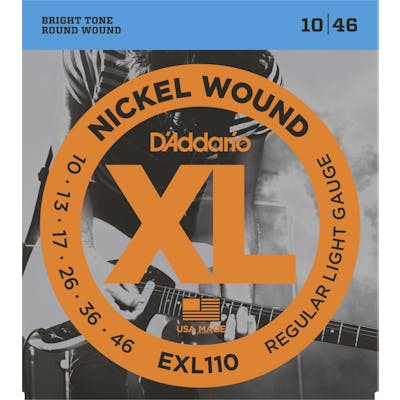


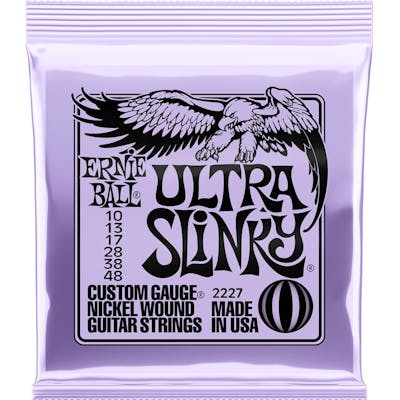

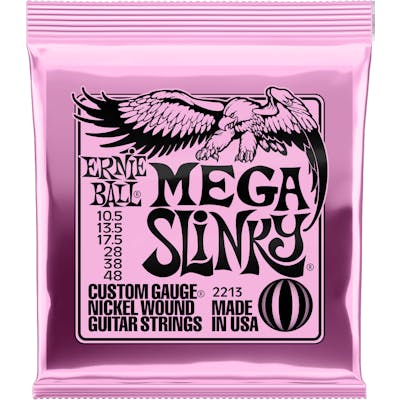

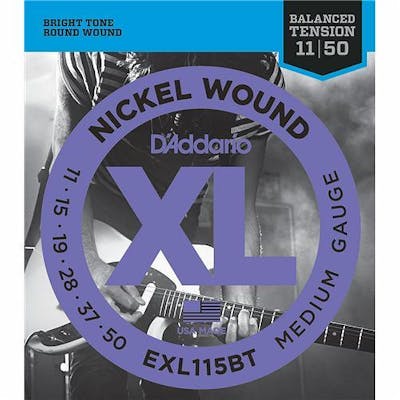


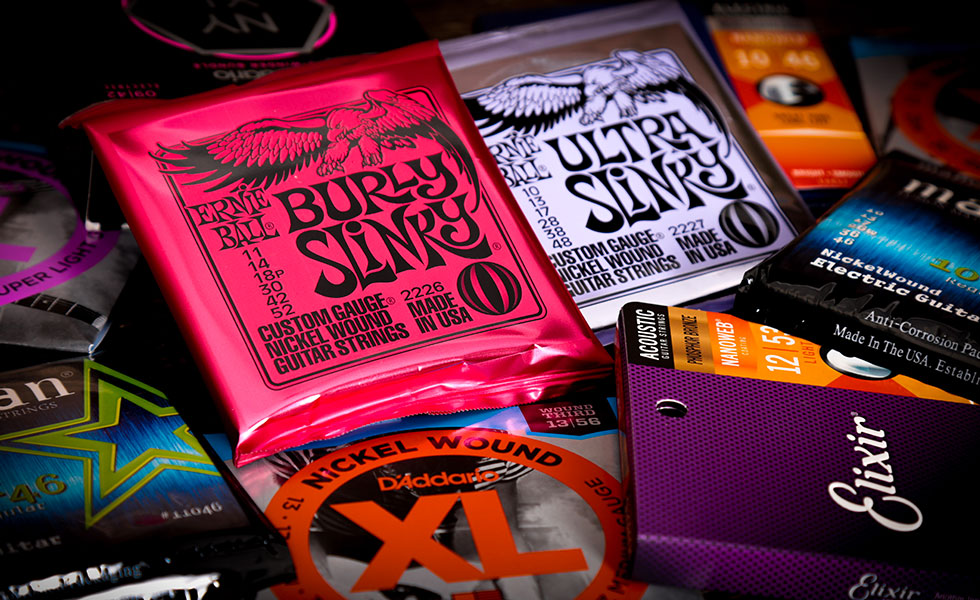
Responses & Questions